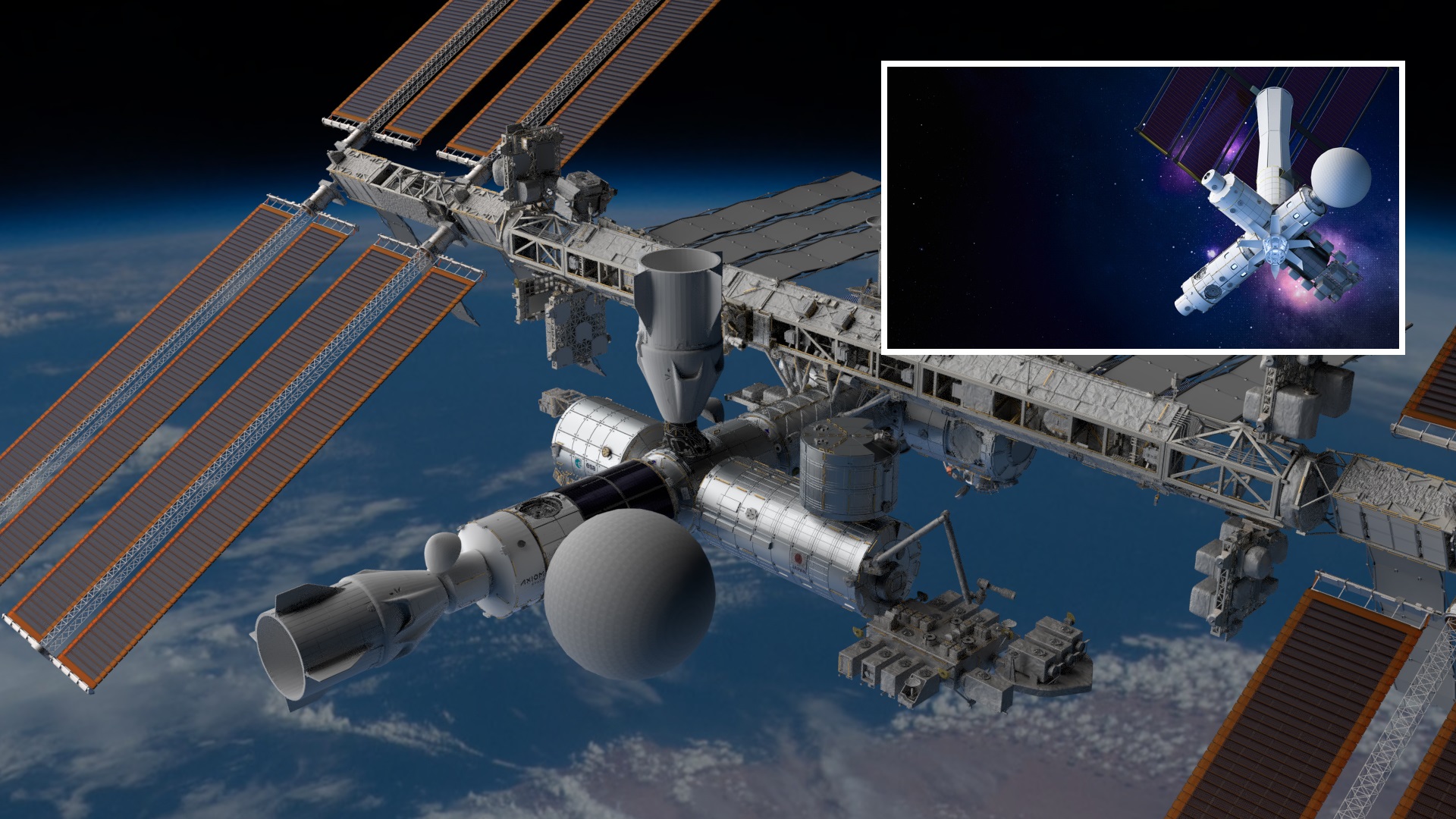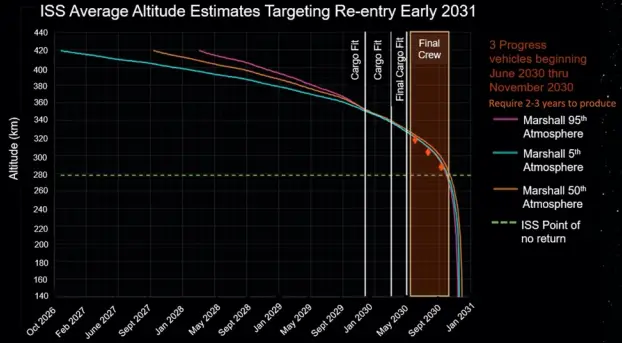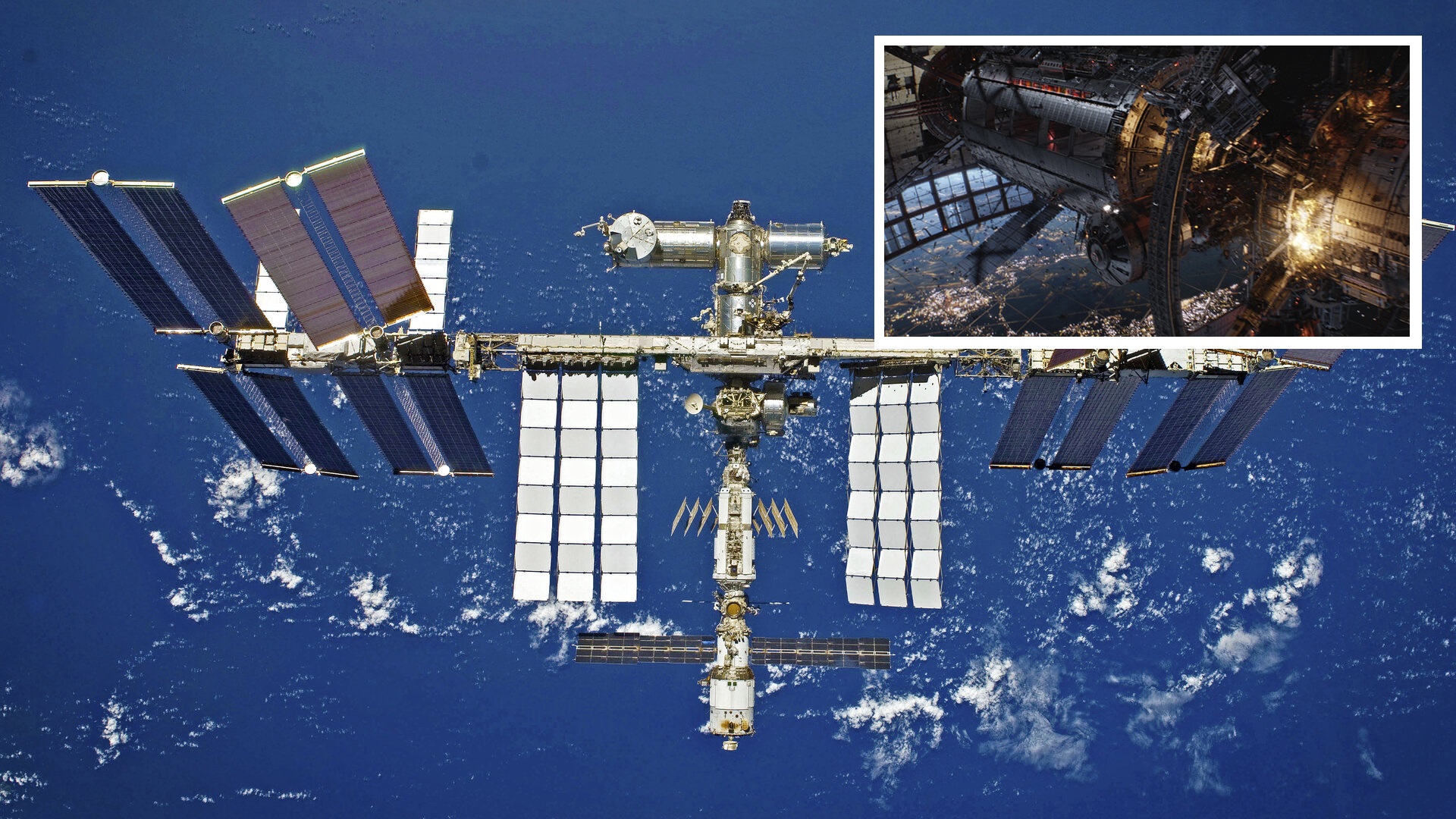The International Space Station (ISS) is already in its third decade of advancing scientific knowledge, and experts throughout the globe are optimistic about what it may yet do.
The station, however, will not remain indefinitely, and NASA has now issued a paper outlining its intentions to decommission the ISS. Of course, they can not simply leave it up there, so the plan details how NASA and its partners will decommission the famous space station in fewer than 10 years.

The station’s construction started in the late 1990s, with the majority of the modular pieces being lifted into orbit by the aging Space Shuttle.
The station’s core construction was finished in 2010, but it has continued to develop over time with the assistance of space agencies from across the globe.
The government-funded ISS, on the other hand, is expected to fade away (and into the atmosphere) in the future, with space activities shifting to “CLDs,” or Commercial Low-Earth Orbit Destinations.
The ISS will be permitted to fall into the atmosphere to avoid becoming a space hazard. However, getting there will take some time.
NASA and its partners want to spend the 2020s aboard the ISS doing critical research on the consequences of long-duration spaceflight, climate change, and the possible implications of future commercial operations in space.
The ISS will begin planning for its demise in 2030, according to a NASA analysis. That is when NASA will start the station’s engines, as well as any spacecraft linked to it, and burn retrograde to reduce the station’s orbit.
The station will cross the point of no return a year later, in January 2031, when drag speeds its plummet into the atmosphere. The ISS is so big that it will not disintegrate fully after reentry. That is why NASA designed a long, gradual fall to enable controllers to navigate the ISS into the “South Pacific Oceanic Uninhabited Area,” or SPOUA.
After abandoning the ISS, NASA will not be entirely out of the space station business. The Lunar Gateway, a tiny station and communication center that would enable crewed journeys to the moon and beyond, has begun basic building.

However, the Gateway’s construction is dependent on Artemis Program launches, and the Space Launch System (SLS) mega-rocket is still under development. Later this year, NASA intends to execute the SLS’s first uncrewed test flight.
NASA Provides Updated International Space Station Transition Plan
The International Space Station is a one-of-a-kind laboratory that is bringing huge scientific, educational, and technical advances to Earth while also allowing humanity to journey into deep space.
The commitment of the Biden-Harris Administration to prolong space station operations until 2030 will allow the United States to continue to profit from these advantages for the next decade as American business creates commercial destinations and markets for a robust space economy.
NASA is making preparations to assure a seamless handover of operations to commercial services as it looks forward to a decade of results from research and technology development on board the International Space Station.
In response to congressional directives, NASA has released an updated International Space Station Transition Report that outlines the goals for the next decade of station operations, including the steps being taken to develop both the supply and demand sides of the low-Earth orbit commercial economy, as well as the technical steps and budget needed for transition.
“As a breakthrough research platform in microgravity, the International Space Station is entering its third and most productive decade,” said Robyn Gatens, director of the International Space Station at NASA Headquarters.
“Building on our successful global partnership to verify exploration and human research technologies to support deep space exploration, continue to return medical and environmental benefits to humanity, and lay the groundwork for a commercial future in low-Earth orbit, this third decade is one of the results.”
We are looking forward to optimizing these returns from the space station until 2030, while also preparing for the eventual shift to commercial space destinations.”
The station is busier than ever now that commercial crew and cargo transit services in the United States are operational. Hundreds of experiments from various government agencies, academia, and business customers are hosted at the ISS National Laboratory, which is responsible for using half of NASA’s resources onboard the space station to benefit people and industry on the ground.
Meanwhile, onboard, NASA’s research and development efforts are improving the technology and processes needed to transport the first woman and person of color to the Moon, as well as the first people to Mars.
The continuation of operations until 2030 will continue to provide these advantages to the US and humankind as a whole, while also preparing for a smooth transfer of capabilities to one or more commercially owned and managed LEO destinations (CLDs).
NASA has issued space act agreements for the design of three free-flying commercial space stations, as well as a contract for commercial modules to be connected to a space station docking port.
To guarantee that these new capabilities can satisfy the demands of the United States and its partners, the US industry is creating these commercial destinations to begin operations in the late 2020s for both government and private-sector clients, parallel with space station operations.
“With NASA’s cooperation, the private sector is technically and financially capable of establishing and managing commercial low-Earth orbit destinations.” “We are excited to share our lessons learned and operational expertise with the private sector to assist them in developing safe, dependable, and cost-effective space destinations,” said Phil McAlister, NASA’s director of commercial space.
“Our full strategy for ensuring a seamless transition to commercial destinations once the International Space Station retires in 2030 is included in the report we provided to Congress.”
NASA aspires to be one of these commercial destination providers’ numerous clients, acquiring just the products and services the agency needs. After the International Space Station retires, commercial destinations, as well as commercial crew and cargo transit, will form the backbone of the low-Earth orbit economy.
The decision to prolong operations, as well as NASA’s recent grants to create commercial space stations, provide an unbroken, continuing human presence and capabilities, which is a key component of NASA’s International Space Station transition strategy.
Source: NASA

